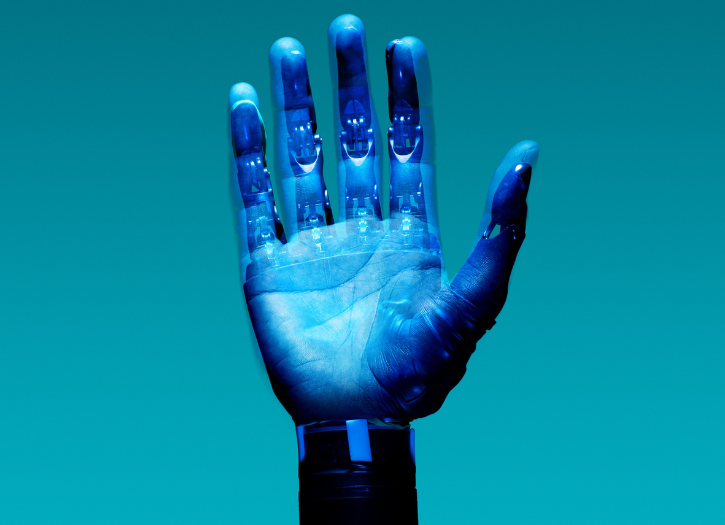The idea of automata originates in the mythologies of many cultures worldwide. Engineers and inventors from ancient civilizations, including Ancient China, Ancient Greece, and Ptolemaic Egypt, attempted to build self-operating machines, some resembling animals and humans.
Many ancient mythologies and most modern religions include artificial people, such as the mechanical servants built by the Greek god Hephaestus (Vulcan to the Romans), the clay golems of Jewish legend and clay giants of Norse legend, and Galatea, the mythical statue of Pygmalion that came to life. Since circa 400 BC, myths of Crete include Talos, a man of bronze who guarded the island from pirates.
In ancient Greece, the Greek engineer Ctesibius (c. 270 BC) “applied a knowledge of pneumatics and hydraulics to produce the first organ and water clocks with moving figures.” In the 4th century BC, the Greek mathematician Archytas of Tarentum postulated a mechanical steam-operated bird he called “The Pigeon”. Hero of Alexandria (10–70 AD), a Greek mathematician and inventor, created numerous user-configurable automated devices, and described machines powered by air pressure, steam, and water.
The 11th century Lokapannatti tells of how the Buddha’s relics were protected by mechanical robots (bhuta vahana yanta), from the kingdom of Roma visaya (Rome); until they were disarmed by King Ashoka. In ancient China, the 3rd-century text of the Lie Zi describes an account of humanoid automata, involving a much earlier encounter between Chinese emperor King Mu of Zhou and a mechanical engineer known as Yan Shi, an ‘artificer’. Yan Shi proudly presented the king with a life-size, human-shaped figure of his mechanical ‘handiwork’ made of leather, wood, and artificial organs.
There are also accounts of flying automata in the Han Fei Zi and other texts, which attribute the 5th century BC Mohist philosopher Mozi and his contemporary Lu Ban with the invention of artificial wooden birds (ma yuan) that could successfully fly. In 1066, the Chinese inventor Su Song built a water clock as a tower featuring mechanical figurines that chimed the hours. His mechanism had a programmable drum machine with pegs (cams) that bumped into little levers that operated percussion instruments.
The drummer could be made to play different rhythms and different drum patterns by moving the pegs to different locations. Samarangana Sutradhara, a Sanskrit treatise by Bhoja (11th century), includes a chapter about the construction of mechanical contrivances (automata), including mechanical bees and birds, fountains shaped like humans and animals, and male and female dolls that refilled oil lamps, danced, played instruments, and re-enacted scenes from Hindu mythology. 13th-century Muslim Scientist Ismail al-Jazari created several automated devices. He built automated moving peacocks driven by hydropower. He also invented the earliest known automatic gates, which were driven by hydropower, and created automatic doors as part of one of his elaborate water clocks.
One of al-Jazari’s humanoid automata was a waitress who could serve water, tea, or drinks.
Photo by ThisisEngineering RAEng on Unsplash







Add Comment
You must be logged in to post a comment.